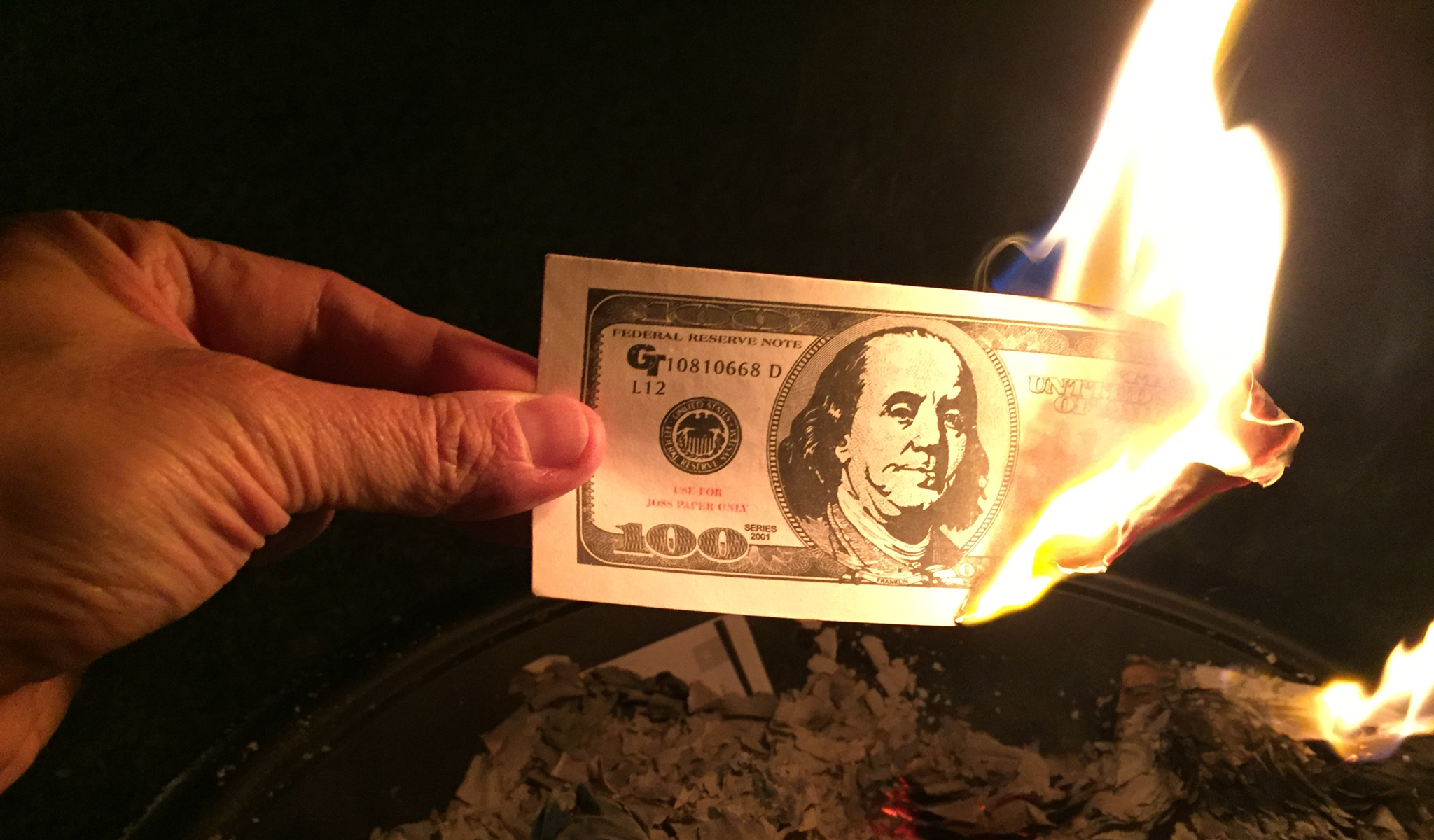About his columns of late, the great Holman Jenkins recently explained that he’s “mostly sat out the inflation discussion.” Where it becomes puzzling is in Jenkins’s assertion that the ‘70s inflation was born of “poorly conceived regulatory and tax systems.” Jenkins reads as an avid reader, but maybe he skipped Robert Bartley’s The Seven Fat Years.
Obviously lots of people sadly skipped Bartley’s classic, but Jenkins worked for him. The 1970s inflation was a currency phenomenon as all inflationary episodes are. The dollar was in freefall, and Bartley wrote about this truth extensively.
Jenkins adds that the inflation puzzle of the moment “differs from the 1970s,” and Bartley would have nodded in agreement. That is so because higher prices can’t cause inflation. To say they do is like saying coughing causes cigarettes. Assuming regulation had caused higher prices, it would have to have been that other prices fell. In other words, if you have $100 only to see the cost of eggs triple, you have fewer dollars for other consumer goods.
It all gives the impression that were he around today, Bartley (and likely his deputy in George Melloan) would have cautioned Jenkins et al from concluding inflation in the present. To see why, it’s worth agreeing with Jenkins that now “differs from the 1970s,” but for a different reason. While the dollar was in rapid decline in the ‘70s, it hasn’t been in in the 2020s.
Jenkins ties today’s inflation to “the government’s gross overreliance on debt financing to give voters stuff without taxes to pay for it.” But that’s not inflation. Bartley was clear that demand is what happens after supply, so if government has been redistributing demand via borrowing, then by definition those borrowed from have had less consumptive power. Beyond that, even if the redistribution of demand pushed certain prices higher, it would once again have to be that other prices fell. See above.
This isn’t to deny glaringly higher prices of certain goods now, but at the same time there’s an ocean of difference between higher prices and inflation.
From there, Jenkins pivots to Treasury yields to make a case that Wall Street is “signaling doubts about the global public’s willingness to fund it.” It’s easy to point out that yields are up, but less easy to tie the amount of federal debt to them. Figure that markets anticipate as opposed to react, and much of the recent $10 trillion surge in federal borrowing happened amid very low rates. That it did suggests that whatever the cause of rising yields, it’s not $33 trillion in total Treasury debt that was priced long ago.
Arguably the biggest, but least sung reason for the U.S. Treasury’s easy borrowing throughout modern times can be found in Silicon Valley. What happens there is easily the most powerful driver of U.S. and global economic output, but credit is so expensive in northern California that it’s always of the equity kind. The speculation here is that the nosebleed cost of capital for entrepreneurs pursuing the impossible explains low Treasury rates. When you can arrogate to yourself the fruits of commercial genius, your borrowing costs are always low.
More on Treasury borrowing, Jenkins notes that “interest expense will soon outstrip $1.4 trillion in annual Social Security spending.” Amen to that! If bad government decisions from the past continue to swallow the budget, maybe there will be fewer dollars for future bad decisions. This is important given Jenkins’s argument that “The U.S. Needs a Defense Buildup.” History says the governmental incompetence that Jenkins so routinely and expertly reveals doesn’t stop at our borders. Maybe past government waste will finally bring with it an upside.
Republished from RealClearMarkets






